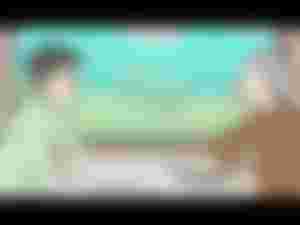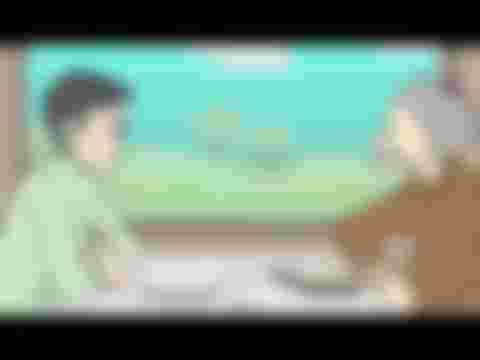The greatest revolution in the history of astronomy was Einstein's "General Theory of Relativity".
From the recent Big Bang to black holes, dark matter, dark energy, this theory is all over the place. Einstein gave his general theory of relativity in 1915. More than 10 years ago, he provided the Special Theory of Relativity. The Special Theory of Relativity is a special form of the general theory of relativity.

The special theory of relativity is somewhat simpler than the general theory. To know more about astronomy, one needs at least some conceptual knowledge of the General Theory of Relativity. And to walk that path, we now try to learn the Special Theory of Relativity very briefly.
When we get on the bus and look out the window, we see the trees on the side of the road. But someone standing near the tree will see that our bus is actually running. This is the relativity. The whole incident has changed in the audience.

Einstein is not the father of relativity. Galileo Galilei first mentioned this in his book "Dialogue Concerning the Two Chief World Systems" in 1832. The book was originally written by him to highlight the fact that the earth revolves around the sun. At that time there were several arguments against the fact that the earth does not actually revolve.
One argument was like, suppose I gently dropped a stone from a tall building. It will take some time for the stone to fall to the ground. If the earth continues to rotate from west to east, then at this time the earth will rotate slightly to the east and move forward. As a result, the stone will fall straight to the west without falling straight. But our daily experience is that if you throw a stone from a tall building, it will not bend to the west and will fall straight. This means that our world is not really spinning.
Against this argument, Galileo proposed a "Thought Experiment" in his book. Thought experiments occupy a very important place in physics. In the experiment of thought, the experiments are done in the head of the scientist. The thought experiment was centered on a ship. That is why this thought experiment is called the thought experiment of Galileo's ship.
Galileo, however, did the experiment in practice. But we don't need to go to the ship for this. Let's do this thought experiment in our heads like scientists.
Turn on your brain lab now. Imagine a ship sailing at regular waves. Moving with speed means the speed of the ship will always be the same and the ship will run in a straight line. That is, the ship will have no acceleration. You were imprisoned in a room on such a ship. Now can you tell if the ship is actually moving from a closed room (or lying down or standing) without looking outside?

Very easy! Isn't it? We can try the above test. We can throw a ball from the roof of the house to the floor. If the ship moves to the right, the ship will move slightly to the right as the ball is read. As a result, the ball will fall straight to the left without falling straight. Similarly, if the ship moves to the left, the ball will fall slightly to the right. In this way we can say that if the ball falls a little to the right then the ship is actually moving to the left and if the ball falls a little to the left then we can say that the ship is actually moving to the right. And if it falls straight, I will say that the ball is still. Isn't that so?
No, not at all. Galileo checked that the ship always went straight, whether it was to the right or to the left. So it is not possible to prove that the system or, in this case, the ship, or our earth, is actually moving. This happens because the person throwing the stone with the system and the stone itself is moving. They themselves are part of the system.
So an argument in favor of keeping the earth stable was completely shattered. Just as sitting on an arrow seems to be moving, so the sun seems to be moving on earth. That is relativity!
From this thought experiment we get the first acknowledgment of Galilean relativity. Our ship was a speedboat. We dropped the ball here and did a physics experiment. Which, of course, made the video an overnight sensation. In other words, even if someone did this test instead of sitting on the ship, he would get the same result. So the first acknowledgment of Galilean relativity is that "physics actually works the same way and gives the same results in two systems that move at the same speed relative to each other."



very great information